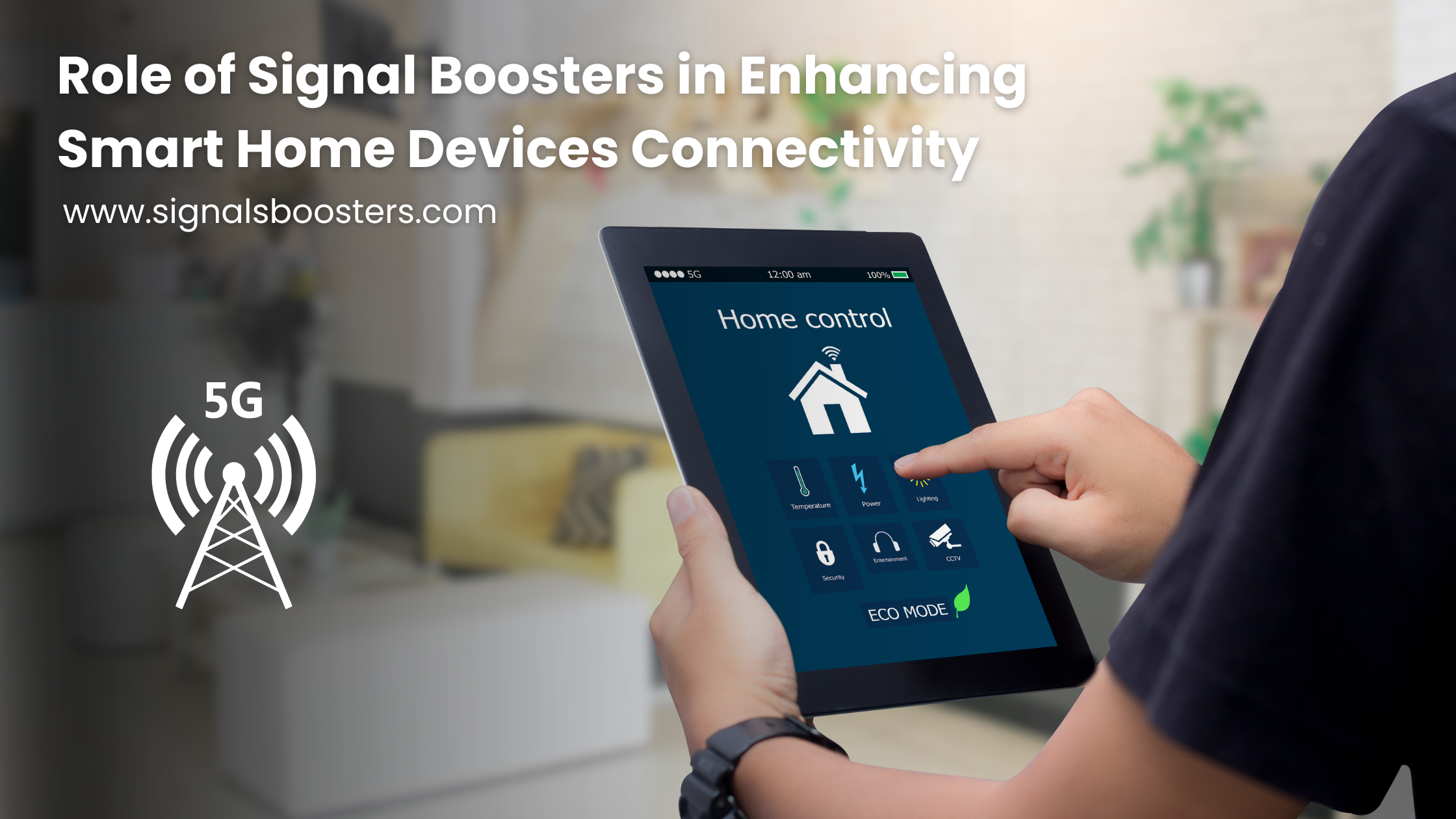With people being connected than ever before in today’s society a stable cell signal is more important than ever before. Be it organizing some massive outdoor event, or making sure that the workers in a tremendous building receive messages without problems, one is offered the Distributed Antenna System or DAS. But the decision of, whether to use Outdoor DAS (oDAS) or Indoor DAS (iDAS), it is imperative to understand the differences between both systems, merits, and demerits of each. In this article, you’re going to learn more about these systems and how Cellaro Signal Boosters, a Delhi based company supplying across India, can assist you get the best signal anywhere you are.
Understanding DAS
DAS is known as a Distributed Antenna System, the set of spatially remote antenna-equipped nodes connected by transmission lines, most typically optical fiber. Such configuration ensures that a given geographical region or structure is fully covered with radio or cellular signals in case of getting rid of so-called signal ‘black spots’. Mainly, DAS is effective since conventional cell towers might not offer adequate signals because of barriers such as big structures, tall structures, urbanization, and huge open grounds
How DAS Works
DAS comprises two primary components: DAS comprises two primary components:
Signal Source: The DAS does not transmit out its own signal but instead receives the signal from an external source like a near by tower oran on-site base station or small cell.
Distribution System: The received signal is then transmitted to the whole area through the help of network of antennas. There are various ways of carrying this out; for instance, Active DAS which mean direct cabling, Passive DAS meaning that it incorporates antennae networks within the building, the Hybrid DAS which combines both Active and Passive and the Digital DAS which uses modem digital technologies.
Types of DAS
The first major difference to be concerned with is the Open Shortest Path First (oDAS) and Integrated Digital Network (iDAS) styles of topologies.
Overall, DAS can be classified in to Outdoor DAS (oDAS) and Indoor DAS (iDAS) with different objectives.
Outdoor DAS (oDAS)
Benefits of oDAS
Outdoor DAS is meant for coverage of large outdoor zones including parks, stadiums, yards, campuses, resorts and other areas with high density populated by people. Here are some key benefits:Here are some key benefits:
- Wide Coverage: oDAS can encompass a very large area of the outdoor space and this means that every part of the outdoor space can elicit a good signal in telecommunications. This is essential for formal and informal interpersonal communication as well as in cases of disasters.
- High-Density Support: In densely populated areas like the stadiums or during events like concerts and festival, it is very useful because it is able to stop any congestion of the network which may ultimately results to poor or denied access to the network to some of the users.
- Compatibility with 5G and 4G LTE: oDAS is suitable for 5G and 4G LTE networks for all the cellular bands thus being suitable for today’s many carriers.
- Public Safety Integration: oDAS can also be utilized in Public Safety & Emergency Responder Radio Communication System bands, so as to provide coverage to first line officers.
Costs & Technology
Implementing oDAS was normally a cumbersome and costly affair because of the large network of RRHs and base station usually required. But coming to the present time, there are enhanced forms of technology such as Digital DAS, which make it easier and cheap. Here’s how:
Remote Radio Heads (RRHs): They are known as vital sub components of oDAS relaying the cell signal over large tracts of space forming mini base stations. They are normally installed in a weather-proof casing and mounted in a way that they can cover the largest area.
Digital DAS: It should be noted that Digital DAS has greatly facilitated the deployment of cable systems by doing away with huge headend gear. However, in this remote units are directly connected to the base station, and this means that many costs are eliminated and installation made easy.
Deployment Challenges
Despite the technological advancements, oDAS deployment remains more time-consuming and costly compared to iDAS. The need for carrier approval and the extensive infrastructure required can complicate the process, making it essential to work with experienced providers like Cellaro Signal Boosters.
Indoor DAS (iDAS)
Benefits of iDAS
Indoor DAS is the most common type of DAS deployment, used primarily within buildings to combat the signal attenuation caused by building materials. Here are the primary benefits:
- Cost-Effectiveness: iDAS is generally less expensive than oDAS, especially when using Passive or Hybrid DAS. This makes it a popular choice for building owners looking to improve indoor cellular coverage without breaking the bank.
- Enhanced Indoor Coverage: Buildings, particularly those made of concrete, steel, or glass, can significantly reduce cellular signals. iDAS ensures that occupants experience strong and consistent coverage, regardless of their location within the building.
- Customizable Solutions: iDAS can be tailored to the specific needs of a building. Engineers often divide the coverage area into sectors, using propagation maps and floor plans to place remote units (RUs) such as dome or panel antennas for optimal performance.
Costs and Technology
The cost and complexity of iDAS depend on the size of the building and the type of DAS deployed:
Passive DAS: This is the simplest and most cost-effective option, using a network of antennas connected by coaxial cables to distribute the signal.
Active DAS: This system uses amplifiers and fiber optics to distribute the signal over larger distances, suitable for more extensive or multi-story buildings.
Hybrid DAS: A combination of Passive and Active DAS, Hybrid DAS provides a balanced solution for buildings that require more extensive coverage than Passive DAS alone can provide.
Why Cellaro Signal Boosters?
We at Cellaro Signal Boosters are well known for our ability to deliver a DAS system suited to both indoor and outdoor application. Having our head office in Delhi and providing our services to our clients across the India, we have been offering a complete Solutions and Services in Consultation, Design, Installation and Maintenance. Our professional team guarantees the effective configuration of DAS and offers you a stable signal of cellular communication where it is required.




